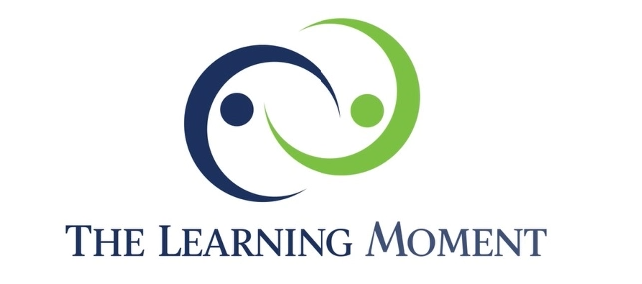Culture is the invisible thread that weaves together the fabric of any organization. The collective beliefs, values, behaviors, and norms shape how people interact and work together.
As a culture coach, I have seen firsthand the incredible impact of a positive and strong culture on an organization’s success. At its core, culture is about people. It is about creating an environment where individuals feel valued, respected, and supported. It is about fostering a sense of belonging and encouraging collaboration and teamwork.
One important aspect of a thriving culture is recognizing and embracing learning moments. In a culture that values growth and development, mistakes and failures are seen as opportunities for learning and improvement, rather than reasons for blame or punishment. Learning moments are those instances where individuals or teams encounter challenges, make errors or face setbacks. Instead of sweeping these moments under the rug, a healthy culture encourages open discussions and reflections on what went wrong and how to do better next time.
Through these learning moments, individuals and teams can grow, develop new skills, and enhance their problem-solving abilities. By fostering a culture that embraces learning moments, organizations create an environment where experimentation and innovation are encouraged.
Employees feel empowered to take calculated risks, knowing that even if things don’t go as planned, there will be support and opportunities to learn and improve.
Leaders play a vital role in creating a culture that values learning moments. They set the example by openly acknowledging their mistakes and sharing what they have learned. Doing so creates a safe space where others feel comfortable admitting their missteps and seeking guidance and support.
In a culture that embraces learning moments, feedback becomes a powerful tool for growth and development. Constructive feedback is given and received with the intention of helping individuals and teams improve rather than criticizing or demoralizing.
Through these feedback loops, individuals can identify areas for improvement, acquire new skills, and continuously enhance their performance. Ultimately, by integrating learning moments into the fabric of the culture, organizations create an environment that is dynamic, agile, and adaptable. They foster a growth mindset, where individuals are encouraged to continuously learn, evolve, and innovate. In doing so, they position themselves for long-term success in an ever-changing and competitive landscape.
A strong culture empowers employees to bring their best selves to work every day and fosters a sense of pride and ownership in their contributions.
One of the key elements of a healthy culture is clear and shared values. These values act as guiding principles defining what the organization stands for and aspires to be. When employees align with these values, it creates a sense of purpose and direction, helping to drive decision-making and behavior. Communication is another crucial aspect of a thriving culture.

Open and transparent communication channels foster trust and create an environment where ideas and feedback can flow freely. Regular communication, both top-down and bottom-up, keeps everyone informed and engaged, ensuring that everyone feels heard and valued.
An inclusive culture is also essential. Diversity in all its forms brings different perspectives, experiences, and ideas to the table. By embracing diversity and creating an inclusive environment, organizations can tap into a wealth of talent and creativity, leading to innovation and better problem-solving. Leadership plays a pivotal role in shaping and nurturing the culture.
Leaders must lead by example, demonstrating the values and behaviors they expect from their teams. They must also empower and support their employees, providing them with the tools, resources, and opportunities to grow and succeed. Finally, a strong culture is not something that can be achieved overnight. It requires continuous effort and commitment.
Regular assessments, feedback loops, and adjustments are necessary to ensure the culture remains aligned with the organization’s goals and aspirations.
In conclusion, culture is the soul of any organization. It sets the tone for how people work together, treat one another, and approach their work. Investing in and cultivating a positive and strong culture can create an environment where employees thrive, innovation flourishes, and success becomes a natural outcome.
READY TO GET STARTED?
Get in touch
Send a message with any questions you might have about reaching your workplace goals.


